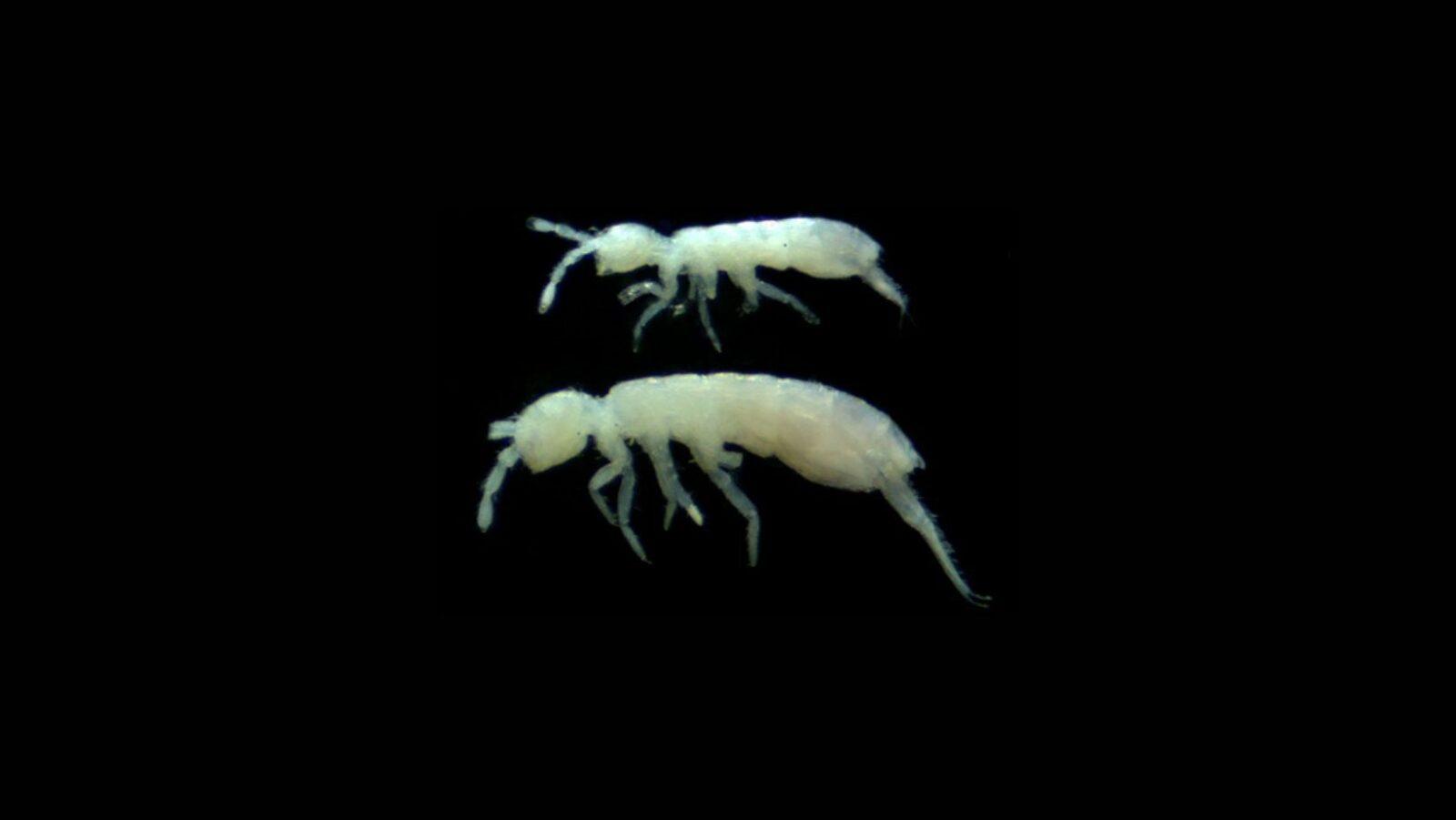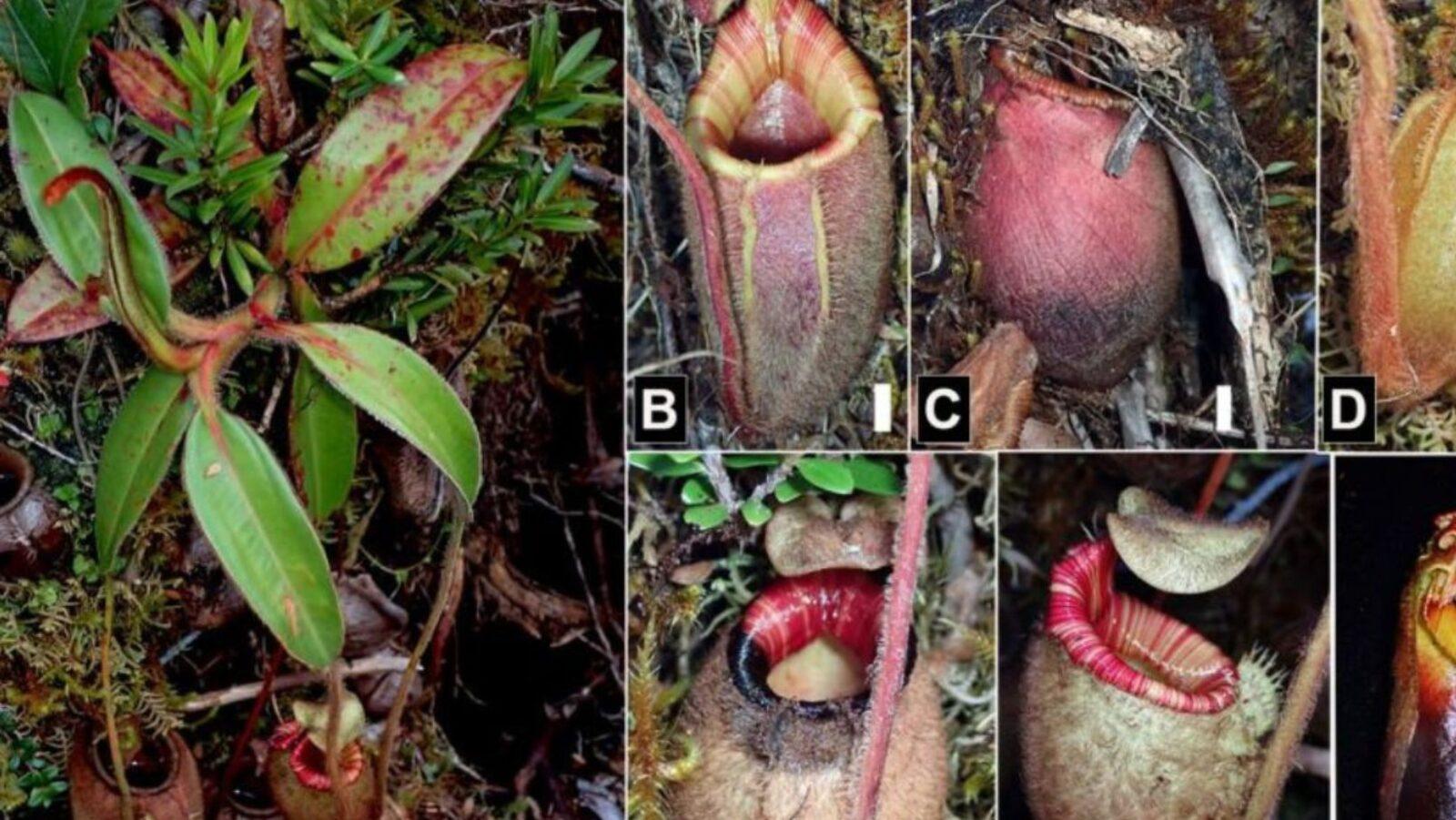(Updated on January 14, 2020) One would only need to take a single glance at the Philippine eagle (Pithecophaga jefferyi) to understand why it is the Philippines’ national bird. Strong, swift, and strikingly beautiful, it is quite a sight to behold, especially when it takes flight.
The Philippine eagle became the country’s national bird via Proclamation No. 615 in 1995, replacing the maya. Unfortunately, this amazing avian is on the brink of extinction.
Declared “critically endangered” by the International Union for Conservation of Nature (IUCN) in 2010, the Philippine eagle’s numbers are dwindling. The most recent estimates point to around 800 surviving in the wild.
So, #HowHardDidAgingHitYou? Do you still look like yourself from a decade ago?
The changes in our lives over the course…
Posted by FlipScience on Wednesday, January 16, 2019
Who (officially) discovered the Philippine eagle?
It was a British naturalist and explorer named John Whitehead who discovered the species. According to a written account of his adventures, it was a lost shipment of collected animal skin samples from Samar that prompted Whitehead to return to the island in May 1986. Within days of his arrival, he spotted a majestic bird that he had, for some reason, completely missed during his earlier trip. It was on June 13 when his servant reportedly brought him a male specimen. On December 30 of the same year, P. jefferyi — named in honor of Whitehead’s father and expedition financer, Jeffrey — was officially recognized as a new species.
Does it really eat monkeys?
Contrary to popular belief, the so-called “monkey-eating eagle” does not exclusively subsist on monkeys.
According to the book ‘Threatened Birds of Asia’:
The generic name of the Philippine Eagle, Pithecophaga, which led to its original English name “monkey-eating”, was the result of the natives of Samar reporting that it “preys chiefly on the Green Monkeys”, and indeed the man who bestowed this name, Ogilvie Grant (1897), considered that “the worn tail and broken ends of the quills of both wings and tail no doubt bear witness to many a savage struggle amongst the branches”. In Whitehead’s (1899a) view, “monkeys… are the only animals sufficiently abundant in these forests to support such a large bird.”
However, subsequent studies revealed that the bird, an apex predator, actually fed on a much wider range of smaller animals, depending on the availability of food in its area. Furthermore, monkeys only comprised a small percentage of its diet. In reality, the monkey-eating eagle also eats flying lemurs, rats, bats, pigs, snakes, lizards, and whatever else it could get its sharp talons on. One report even stated that a Philippine deer weighing around 41 kg was found in an eagle’s nest.
Is it really the largest eagle in the world?
In terms of length and wing surface, yes. While it is neither the heaviest nor the most massive species (both the harpy eagle and Steller’s sea eagle outrank it in that category), female Philippine eagles can grow up to 3 ft 5 in (105 cm), with a wingspan of up to 7 ft 3 in (220 cm).
Where is it found in the Philippines?
It lives on the islands of Leyte, Luzon, Mindanao, and Samar. However, for the sake of its continued survival, the Philippine Eagle Center was established as a breeding facility for the species.
What are its distinct characteristics?
The Philippine eagle has notably long crown feathers, a large, arched beak, and incredibly sharp eyesight. In fact, it can see up to eight times as far as we can (and can spot prey from up to 2 km away), thanks to its telescopic vision. Also worth mentioning is the fact that it is the only bird of prey in the world with blue-grey eyes. Additionally, it emits a loud, high-pitched sound, indicative of its aggressively territorial behavior.
The Philippine eagle also has no known subspecies or close relatives, unlike other birds of prey. In other words, it truly is one of a kind.
Is it true that Philippine eagles are monogamous and loyal?
Indeed, the Philippine eagle’s reputation as a monogamous, loyal partner is quite well-known. Upon reaching sexual maturity (which takes about 5 to 7 years), the raptor selects a mate. According to reports, they remain with their partner for the rest of their existence, raising their young together.
Do females really only lay one egg every two years?
It’s true that a Philippine eagle only lays on egg per two years, during the breeding season (July to February). Both parents take turns incubating the egg at 60-day intervals. After the egg hatches, the parents take care of the offspring until it can survive on its own. Only then will the female lay another egg.
How long is its average lifespan?
The expected lifespan of the Philippine eagle ranges from 30 to 60 years.
What are the primary threats to its population?
Deforestation is the biggest threat to the species’ continued existence. A pair usually chooses to nest in large dipterocarp trees, and needs roughly 4,000 to 11,000 hectares of forest land (with an abundance of prey) to survive. In fact, the sight of this raptor often suggests a healthy, balanced forest ecosystem. As expected, illegal logging, resource depletion, global heating, and other contributors to the ongoing climate crisis are making things worse for the species. Aside from those, other major threats to the Philippine eagle are shooting and trapping; it is said that at least one eagle is killed per year because of shooting. And for a critically endangered species, that’s one too many.
What steps are being taken to save its population?
Apart from ongoing conservation efforts, legislation also exists to severely punish those who seek to hunt and kill this rare raptor. Republic Act 9147 (the Philippine Wildlife Reources Conservation and Protection Act) imposes a fine of up to Php 200,000 and a maximum of 12 years of imprisonment for hunting and killing the Philippine eagle and other endangered wildlife.
SINGAPORE TO ADOPT TWO PHILIPPINE EAGLES FOR SPECIES CONSERVATION
The Department of Environment and Natural Resources…
Posted by FlipScience on Sunday, April 28, 2019
Additionally, the Philippines and Singapore signed a Wildlife Loan Agreement. Following the terms of the agreement, a pair of live Philippine eagles, Geothermica and Sambisig, will reside at the Jurong Park in Singapore for conservation purposes.
References
- birdbase.hokkaido-ies.go.jp
- http://r3.denr.gov.ph/index.php/e-library/fun-facts-and-trivia/91-front-slider/134-philippine-eagle
- https://orientalbirdclub.org/philippine-eagle/
- https://theculturetrip.com/asia/philippines/articles/philippine-eagle-11-facts-about-the-philippines-national-bird/
- https://www.nwf.org/en/Magazines/National-Wildlife/2006/Bringing-Back-Ol-Blue-Eyes
- https://www.philippineeaglefoundation.org/the-philippine-eagle
- https://www.philstar.com/business/science-and-environment/2019/05/23/1920007/philippines-eagles-loan-singapore-conservation
- https://www.philstar.com/other-sections/news-feature/2015/10/15/1511043/15-facts-about-critically-endangered-philippine-eagle
- https://www.sunstar.com.ph/article/1807452/Davao/Local-News/More-PH-eagles-found-in-wild
Author: Mikael Angelo Francisco
Bitten by the science writing bug, Mikael has years of writing and editorial experience under his belt. As the editor-in-chief of FlipScience, Mikael has sworn to help make science more fun and interesting for geeky readers and casual audiences alike.







